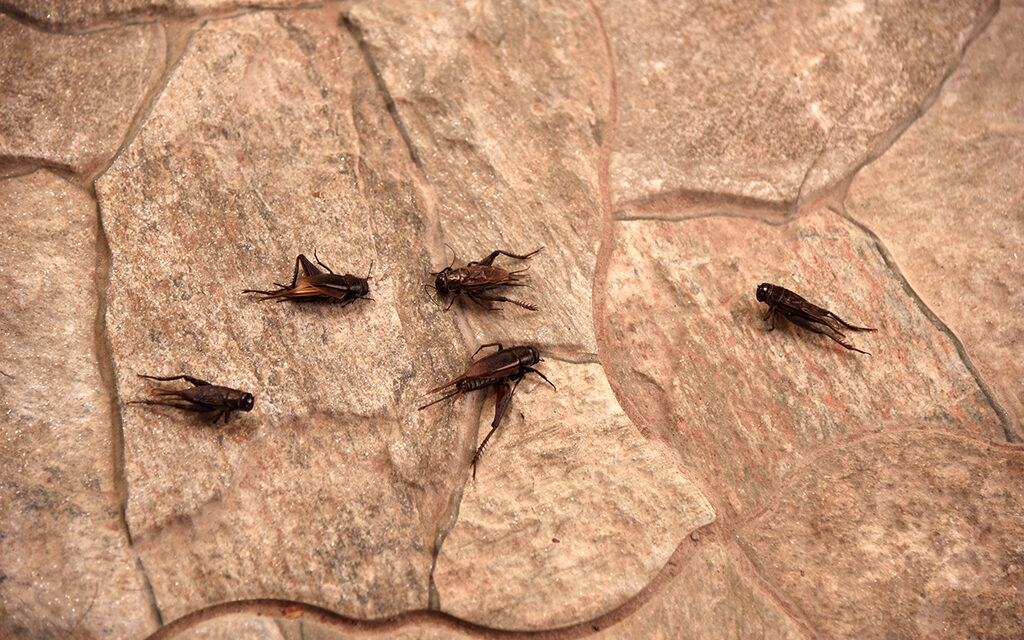by John Jefferson
This column isn’t about the “Caped Crusader” or his sidekick, “Robin,” who occasionally used the expression above when he was excited. Instead, this is about crickets.
When I was about eight years old, I spent parts of each summer at my Grandmother Jefferson’s house overlooking the Guadalupe River, west of Seguin. It was paradise for a kid. My days were spent fishing, swimming, and eating the fish I caught along with other delicious offerings from my grandmother’s wood-burning stove.
I fished with earth worms for bait when I could get them. Worms cost ten cents for a can. But an eight-year-old didn’t have many dimes, then, and I often fished with grasshoppers or crickets that I caught. I once found a large cache of cave crickets in Grandmother’s “well house.” Rio Grande perch (Cichlids) and sunfish loved ‘em. Plenty panfish ended up in grandmother’s skillet.
After moving to Austin, I surprisingly learned that on cool nights in the fall, swarms of black crickets appeared beneath streetlights and in front of lighted stores at night. Business owners hated them, but my fishing buddy and I collected a gunny sack full. The next day, we caught catfish, bass, and most species of perch (sunfish) that swim in Lake Travis!
Using light tackle, we’d impale a cricket on the hook and fling it onto the water without a weight. If the cricket was alive, it seldom sank out of sight before a fish grabbed it! Even dead ones caught fish. I’ve since caught most game fish in Texas waters – both fresh and salty – but that fall day remains fondly imbedded in my memory.
Through the years, I awaited the first fall cool front and the “cricket run!” It usually occurred around mid-September, but often dawdled until almost October. This year was different. On August 31, a mild cool front arrived early.
I saw ONE cricket, then. But others told me they saw lots. One was new to Texas and might not know how many usually appeared. But I wondered if THAT was all of the “run.” I hoped not.
I questioned whether there would be a larger run of romantic crickets seeking mates later in September– or was the short-lived “teaser” cool-front all there would be?
I searched the Internet, contacted Texas A&M’s Department of Entomology, visited the gym where I had seen hundreds before — and even called our exterminator! One suggested Texas AgriLife Extension. The cricket lady there said more swarms were likely with subsequent cool fronts. Each of several cricket species mates at different times, and mating season usually lasts four to six weeks. That’s good news for anglers!
To gather cricks, catching them by hand is fun – and sporting. They don’t give up easily. Kids excitedly grab at them amid giggles. To contain them, an old pillowcase, a minnow bucket, or a cloth feed sack will keep them alive until you get to water. So does a mesh, grocery store vegetable bag.
And crickets make enticing fish bait!
JJ





